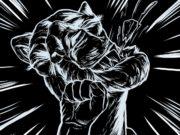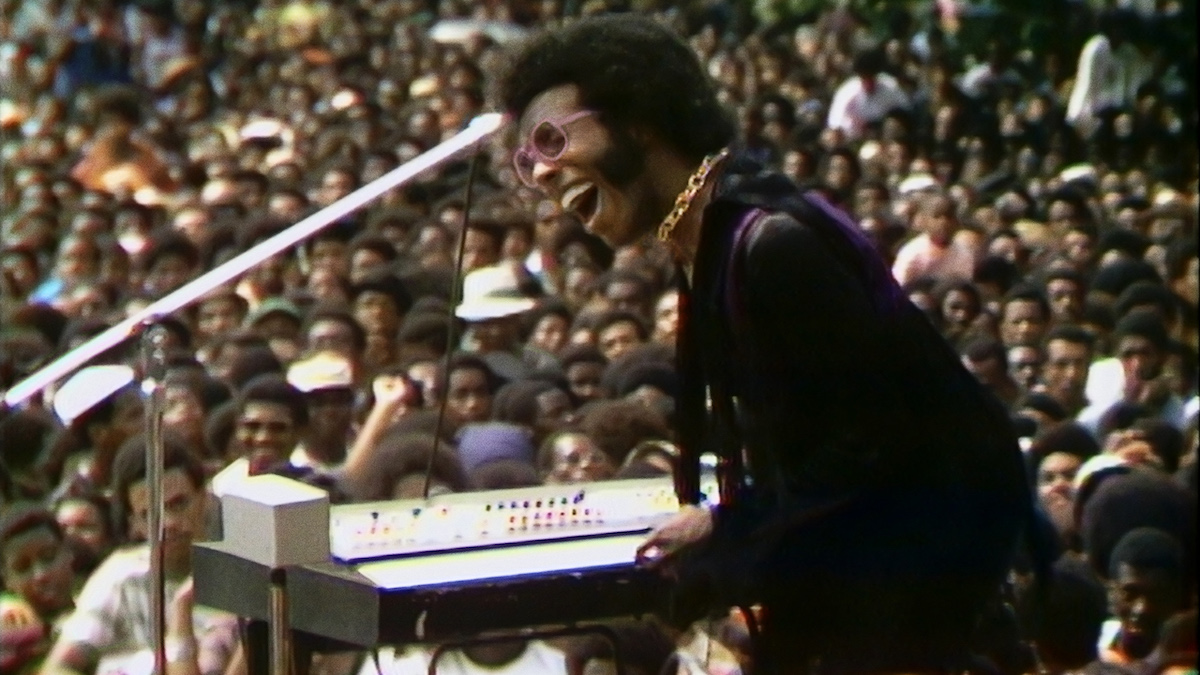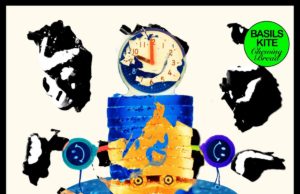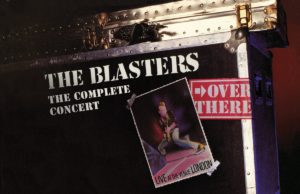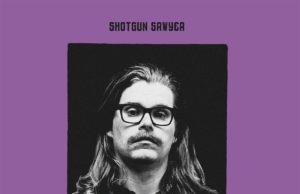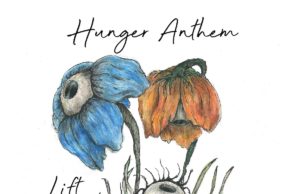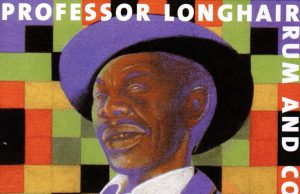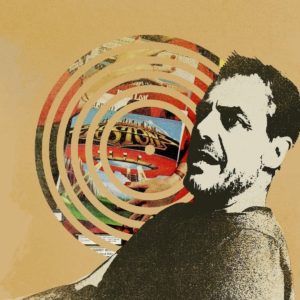 In the past few months I’ve read books about Sly & The Family Stone, Moby Grape, The Rolling Stones and Black Sabbath. In each of these, there’s a major character who endures a period where they are unhoused (what we say now instead of homeless). Those individuals are Sly Stone, Skip Spence and Bob Mosley, Marianne Faithfull and Bill Ward.
In the past few months I’ve read books about Sly & The Family Stone, Moby Grape, The Rolling Stones and Black Sabbath. In each of these, there’s a major character who endures a period where they are unhoused (what we say now instead of homeless). Those individuals are Sly Stone, Skip Spence and Bob Mosley, Marianne Faithfull and Bill Ward.
It occurred to me to try and figure out just how common houselessness, being unhoused or unsheltered is among famous musicians. The short answer is — perhaps — that it is shockingly common. I say “perhaps” because I realize my perspective is that of a middle-class white guy in Canada with a good job. Being a full-time musician, on the other hand, is precarious. You have to be a pretty big deal before being getting health benefits. Lots of travel and fast food. Many late nights and plenty of unhealthy, potentially deadly temptations.
During my career as a journalist, I’ve been laid off once, could rarely afford my health-insurance deductible, lived through a decade where I was basically two paychecks from the street… and was an occasional food-bank client. This despite the fact that my jobs have always been good ones, with recognition, set hours, benefits, pensions and usually a union. But have a look at the case of Motown vocalist Mary Wells. When she got laryngeal cancer in 1990, she had to sell her home in order to pay for treatment.
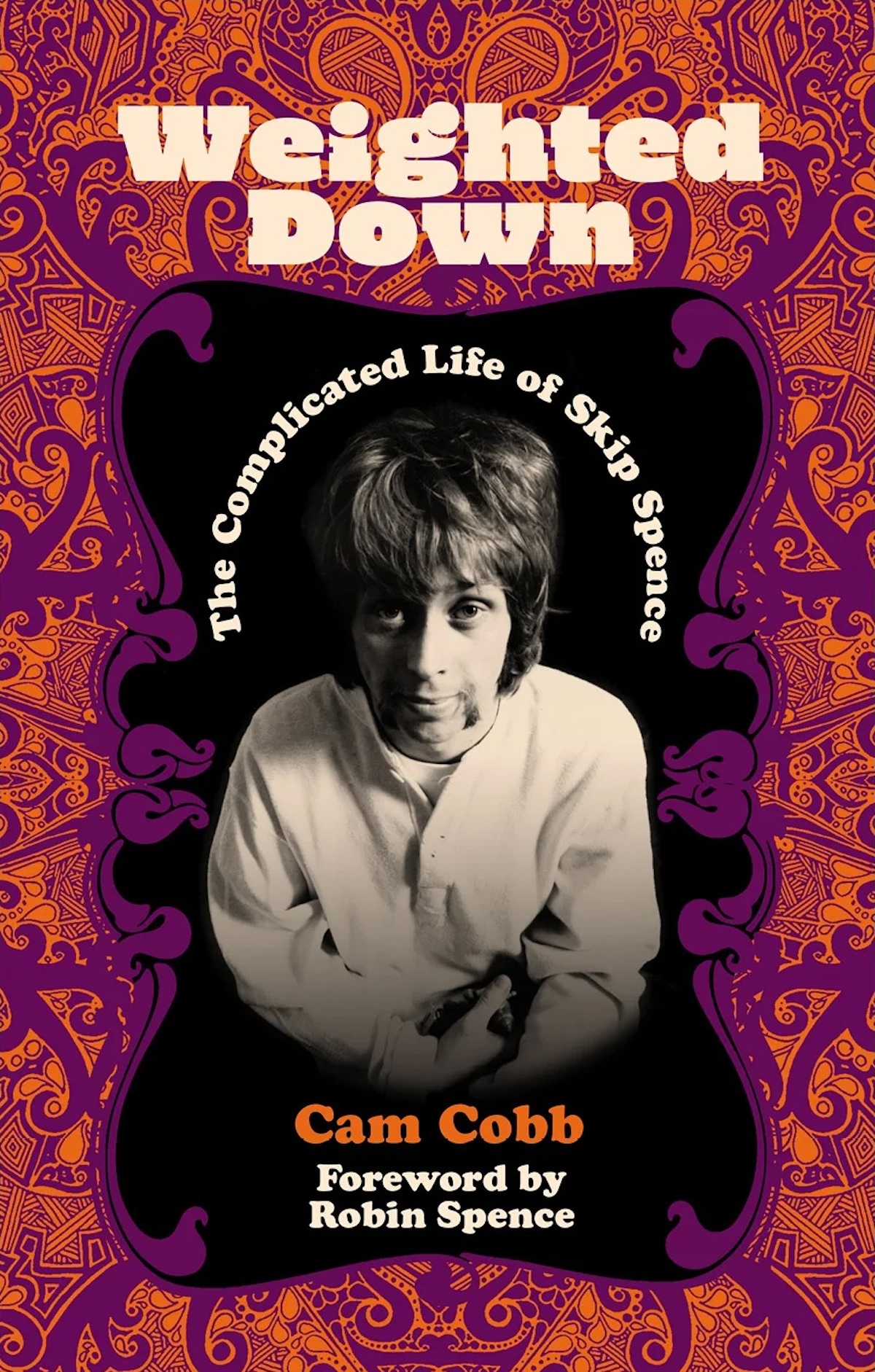 I’ve just finished the book Weighted Down: The Complicated Life of Skip Spence. The brilliant singer-songwriter-rhythm guitarist wasn’t the only member of Moby Grape to end up living on the street. The band’s bass player-singer-songwriter Mosely also did. Both men were diagnosed with schizophrenia within a year or so of the band signing to Columbia Records. Spence died of lung cancer in 1999, but Mosely is still around. In a 2021 inteview, he discussed how he was making ends meet, as a 78 year-old musician: “Right now, I’m just playing bars, six nights a week. It’s an easy gig, and the money is pretty good, about $250 a week. It pays the rent and buys the food. I’m just glad to work as a musician because I know that many of them aren’t working.”
I’ve just finished the book Weighted Down: The Complicated Life of Skip Spence. The brilliant singer-songwriter-rhythm guitarist wasn’t the only member of Moby Grape to end up living on the street. The band’s bass player-singer-songwriter Mosely also did. Both men were diagnosed with schizophrenia within a year or so of the band signing to Columbia Records. Spence died of lung cancer in 1999, but Mosely is still around. In a 2021 inteview, he discussed how he was making ends meet, as a 78 year-old musician: “Right now, I’m just playing bars, six nights a week. It’s an easy gig, and the money is pretty good, about $250 a week. It pays the rent and buys the food. I’m just glad to work as a musician because I know that many of them aren’t working.”
Neither Mosely nor Spence (nor Wells, for that matter) are in the Rock And Roll Hall of Fame. Moby Grape have not been inducted, and Spence was not included when Jefferson Airplane were inducted in 1996, even though he was the band’s original drummer and appears on their first two albums. The second of those, 1967’s Surrealistic Pillow, is the band’s best-selling record. Spence wrote its debut single My Best Friend. Skip was unhoused for most of the 1980s and early 1990s. Mosely was living under a bridge in San Diego in his early 50s.
Of the dozens of musicians I found who experienced houselessness, you can split them into two categories — those who experienced it before they were famous, and those who experienced it after. I’m more interested in those who became unhoused after achieving fame. So, I’ve compiled a list of a bunch of musicians you’re probably familiar with:
Sly Stone
Rock And Roll Hall of Fame member, legendary songwriter and Family Stone bandleader Sylvester Stewart was living in a camper van on a residential street in Crenshaw, California in the 2010s after losing his home due to drug excess and owing back taxes.
Jaco Pastorius
The talented bass player — known for his work with Weather Report and Joni Mitchell — was bipolar. He was evicted from his apartment in New York City in the mid-’80s and crashed with friends. Then he was in and out of psychiatric facilities, including a six-month stint at Bellevue in 1986. He died after an altercation with a Florida bouncer in 1987.
Art Bergmann
The Order of Canada recipient began his career in the ’70s as the frontman of The Young Canadians before launching a solo career chock full of incredible songs. He even won the 1996 Alternative Rock Album Juno for What Fresh Hell Is This? But he sold the award for drug money because despite critical acclaim, the album didn’t sell very well. A lack of sufficient income and a serious drug habit created a situation where Bergmann was technically unhoused when he won the award.
Syd Barrett
The founder of Pink Floyd spent the better part of two years, beginning the fall of 1968, without a place of his own. He crashed on friends’ floors. He eventually got his own place and stayed in London until spending himself into bankruptcy in 1981 — after which he moved back to Cambridge and into his mom’s new home for a year until his finances bounced back. His return to London only lasted a few weeks before he decided he didn’t like it there anymore. So he walked back to his mother’s Cambridge home for good.
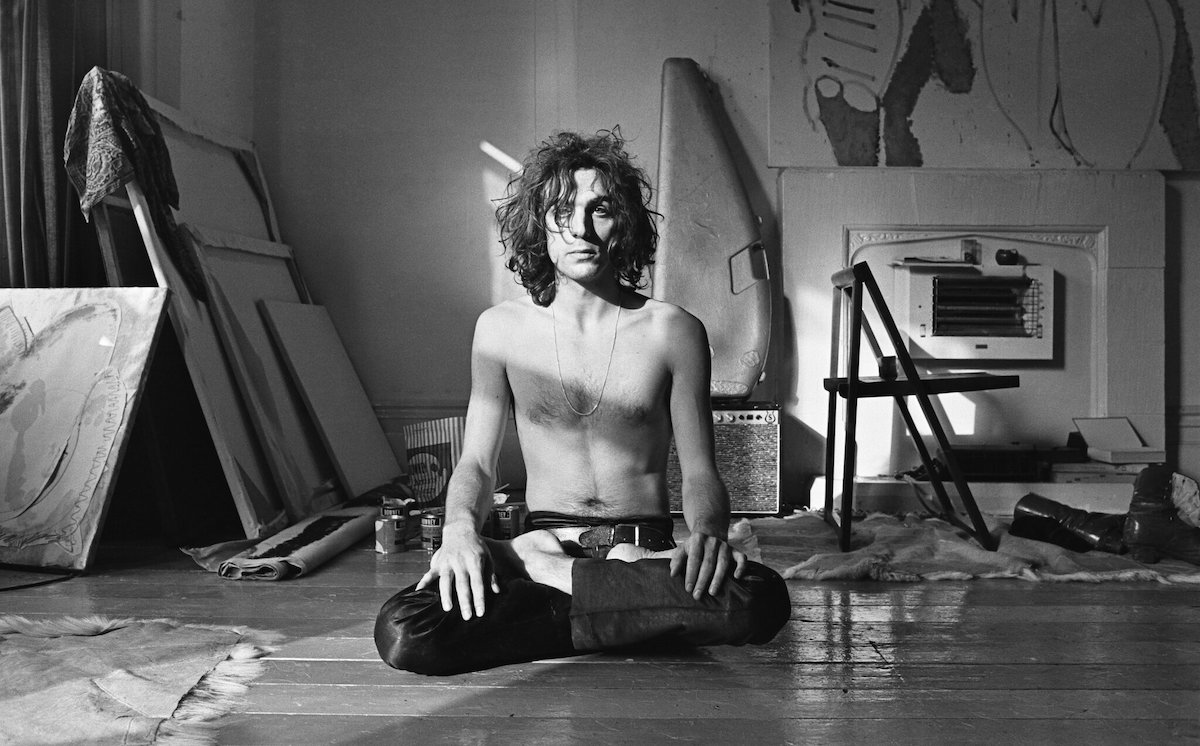
Bill Ward
The Black Sabbath drummer got sober for the recording sessions of Born Again in the spring of 1983, but anxiety and panic attacks over the planned tour drove him back to his boozy ways. It got very bad. Ward was suicidal and unsheltered for a little while before he got clean and sober for good. He says he hasn’t had a drink since January 1984.
Steve Earle
After the success of Copperhead Road, Earle didn’t record any new music for four years. Instead, a $500-$1,000 daily heroin habit took over his life. He sold all his possessions except for his home — which he couldn’t live in because the power was cut off. So, for two years, he lived on the street. He spent some time in jail in 1994 on drug and weapons charges.
Chuck Negron
Negron and Three Dog Night were one of the hottest acts around in 1975, with $50 million in sales. But by 1977 he was a strung-out heroin addict, without friends, family or a band. He was blowing his money on drugs for himself and hangers-on. This continued until 1981, when his finances got a much-needed boost, courtesy of a four-year Three Dog Night reunion. But by 1990 he was broke, houseless and sleeping in an abandoned building in south-central L.A. More than 40 rehab stints failed, until he finally went into a prison-like long-term program in Burbank. By 1991 he was clean.
John Fahey
The influential fingerstyle guitarist of the 1960s got divorced (again) in the ’80s and went through a 10-year period of alcoholism to deal with his chronic fatigue. Beer gave him energy, so he drank loads of it. He lost his home and lived in a men’s shelter in Oregon. He got sober and recorded his 1997 comeback album in the motel room he was living in.
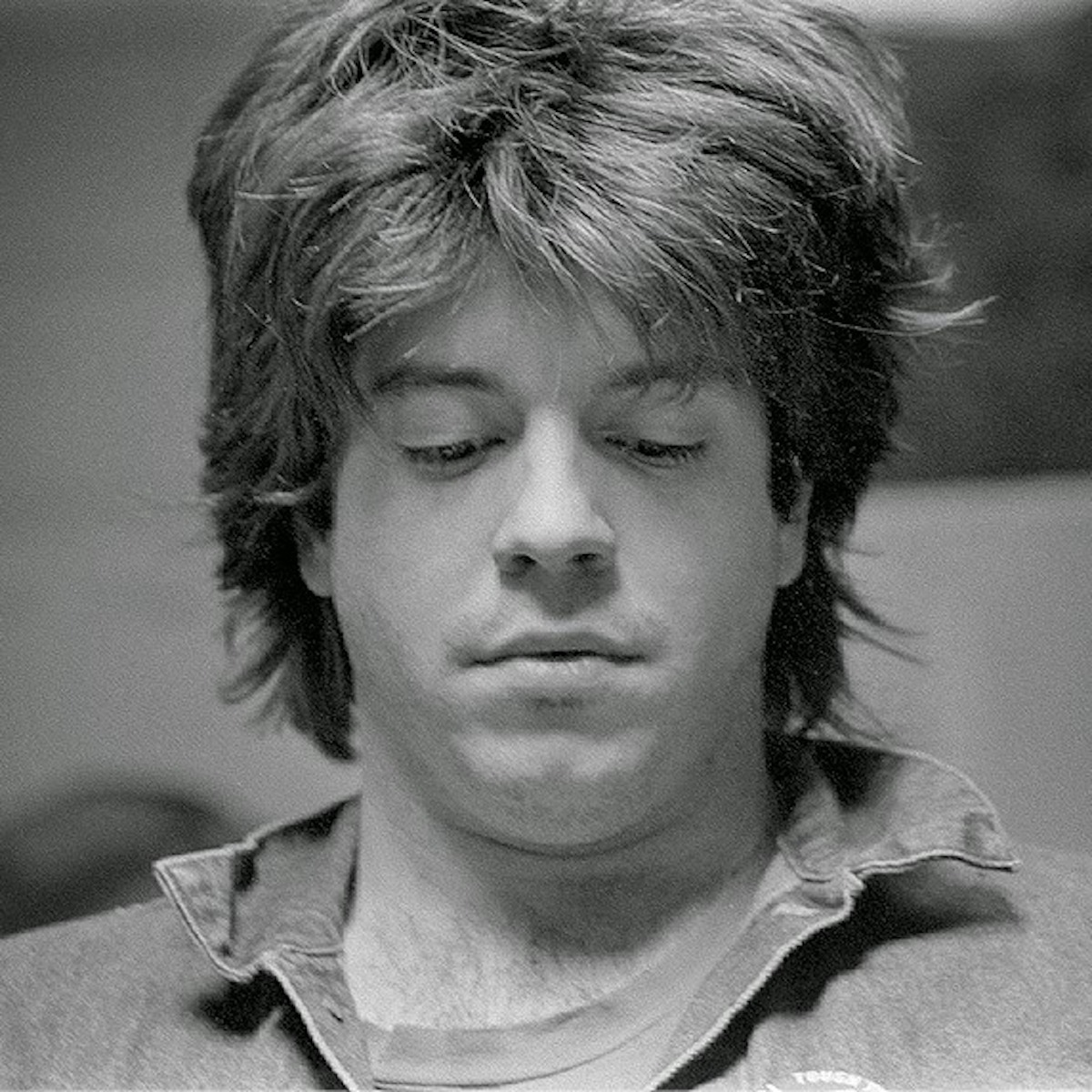
Grant Hart
The former Hüsker Dü drummer was without a home for a while after his house burned down in 2011. A heroin addict for a number of years, commercial success eluded him.
Danny Kirwan
The Rock And Roll Hall Of Fame guitarist was brought into Fleetwood Mac in 1968 by co-founder Peter Green, who exited in 1970. Kirwan was just 18 years old, and his increasing alcoholism got him fired from the band in 1972. He failed to attend the band’s hall of fame induction in 1998, and died in a hostel for the homeless 10 years later.
Peter Green
The legendary guitarist of Fleetwood Mac and John Mayall’s Bluesbreakers didn’t want fame. Disillusioned with the music business, he quit in the early ’70s and started giving away all his money. He was diagnosed with schizophrenia in the mid-’70s and after a violent incident at his parents house in 1974, was hospitalized. Heavily medicated, he was homeless briefly before rebounding and even getting married towards the end of the decade.
Topper Headon
The Clash were about to start touring their 1982 album Combat Rock when they fired drummer Headon due to his drug habit. He was broke and took a job driving a cab as his drug use escalated. The Clash were playing stadium shows due to the popularity of Rock The Casbah, co-written by Headon and featuring him on drums, piano and bass. The following year, Mick Jones was fired from the band and recruited Headon into Big Audio Dynamite. Headon went through a $400K royalty bump in around 18 months. He went bankrupt and all his stuff was sold or repossessed. He got busted for dealing heroin and went to jail in 1986. Released 15 months later, he lived in a homeless shelter before relocating to Dover, where he eventually found a rehab program that worked.

Marianne Faithfull
Following her breakup with Mick Jagger in the spring of 1970, the singer was hooked on heroin and lost custody of her son. She attempted suicide and lived on the streets of Soho in London for two years. Faithfull said she lived “on a wall” and did so willingly because she wanted to disappear.
Iggy Pop
David Bowie was a pretty important person in Pop’s life. He convinced him to put The Stooges back together for 1973’s Raw Power and produced both Pop’s 1977 comeback albums The Idiot and Lust For Life. Between those events, Pop went headlong into drug addiction and was briefly homeless before Bowie rescued him in 1976 and took him to Berlin.
Jackson C. Frank
The fingerpicking folk singer-songwriter recorded one incredible album in 1965, produced and recorded by Paul Simon. Frank married a model and had two kids, a boy and a girl. The boy died, the marriage failed and Frank went into a deep depression for which he was hospitalized. When he got out, he went to N.Y.C. in search of Simon, but was shot with an air rifle by kids, blinding him in one eye. He continued to unravel and became known for his odd behaviour in and around Woodstock, N.Y. In 1999 a fan tracked him down and convinced him to make music again. Those recordings, along with an aborted 1975 album, were issued in a 2016 box set, but he died penniless in obscurity.
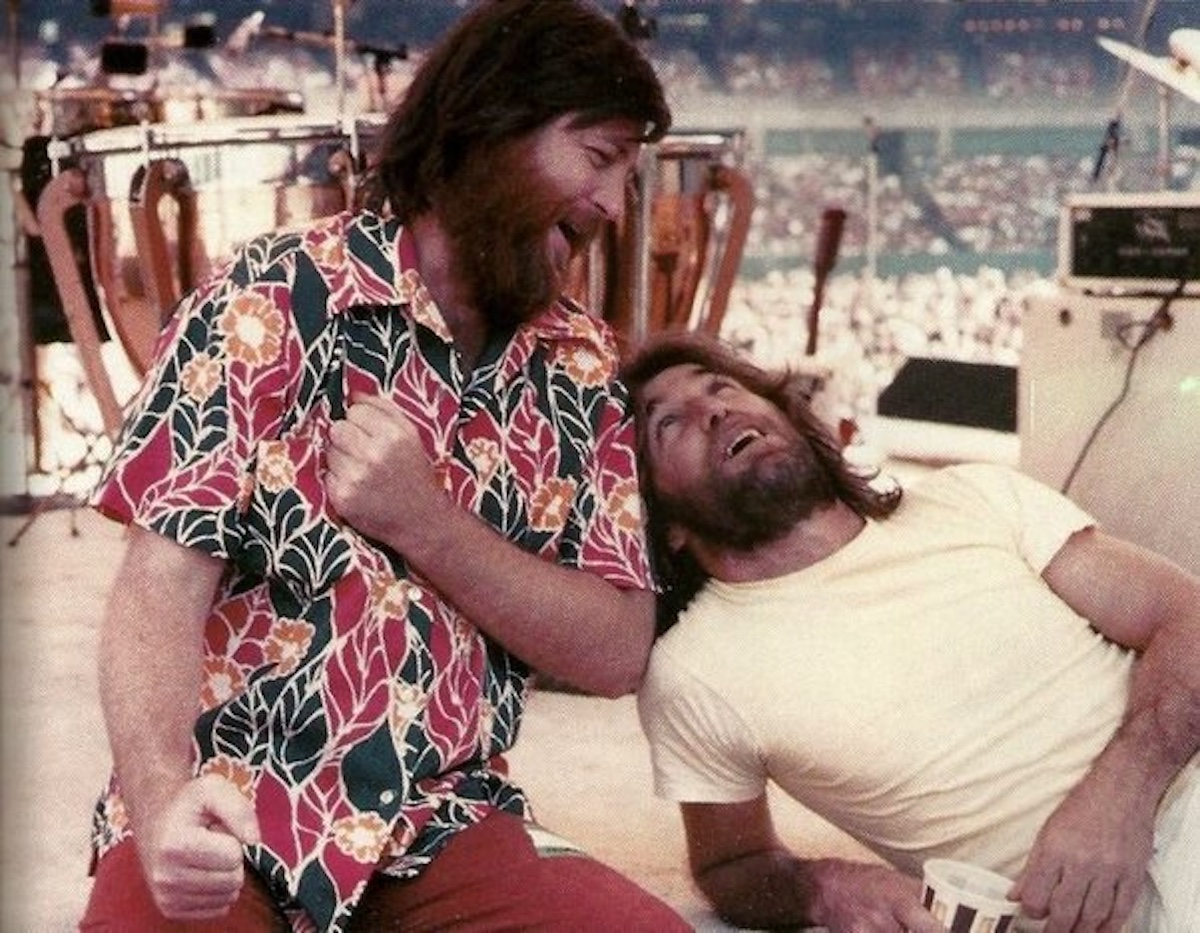
Brian Wilson
The principal songwriter of The Beach Boys was arrested for vagrancy in 1978. He made a sudden decision to leave Beverley Hills and hitchhike to Mexico, without telling his wife or bandmates. He made it as far as San Diego, where he ended up wandering around for days — unwashed, in filthy white pants, with no money, no wallet and no shoes. He had been living under a tree in the city’s Balboa Park.
Dennis Wilson
The Beach Boys’ drummer was given an ultimatum by his bandmates after a gig in September 1983 — clean up or he was out of the band. At the time he was unsheltered, so he entered an Arizona therapy, then checked into a hospital in Santa Monica. He got into a fight there and went to a different hospital to get his wounds treated. Bandaged up, he left the hospital and started drinking heavily. He drowned two days later while diving in Marina Del Ray, looking for his ex-wife’s belongings, which he had thrown off his yacht three years earlier.
• • •
Area Resident is an Ottawa-based journalist, recording artist, music collector and re-seller. Hear (and buy) his music on Bandcamp, email him HERE, follow him on Instagram and check him out on Discogs.









